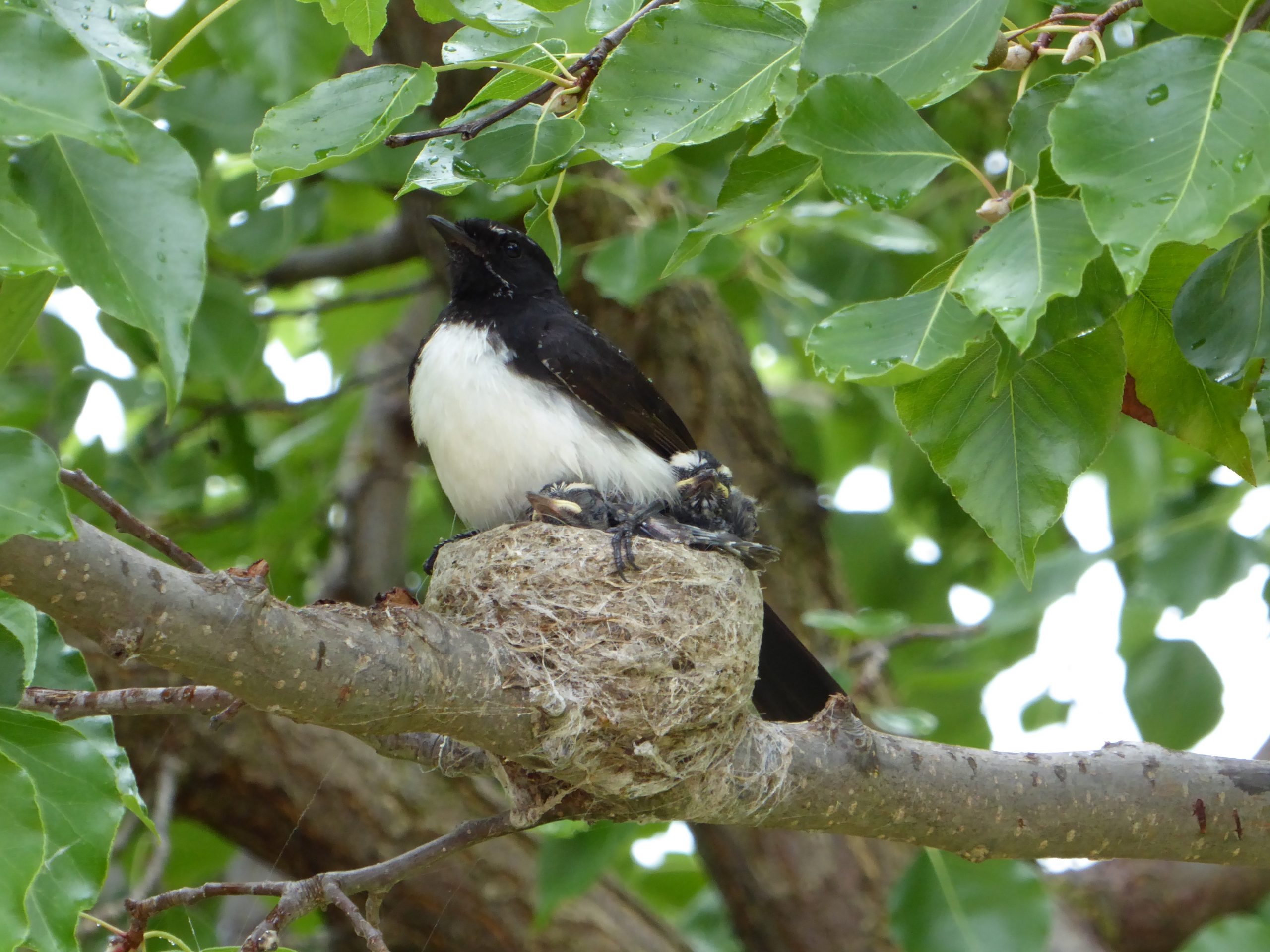
Julian Tenison Woods was gifted with the ability to see the presence of God in all that surrounded him. His God was embedded not only in human life and the people around him, but in the entire creation.
In a letter he wrote to Mary MacKillop in 1870, he said, “God’s beauty, God’s goodness, God’s fatherly watchful care of me and all nature pursues me everywhere.”
The very rocks, trees, caves, skies, plants and animals shone with the beauty and unique wonder of God for Julian. So much so that he was able to simply say, “All created things give us ideas and glimpses of the beauty of the infinitely beautiful Creator.” (1881)
Julian was able to experience harmony with creation. Yet he did remark that what saddened him most were those times he failed to recognise the wonder and beauty that was present.
Julian’s descriptive words flowed with ease and sparked within the listener a longing to experience what he described. He elegantly describes the Coral Reef visit which drew him into its beauty and splendour:
“So varied was it, as so beautiful, both in colour and form, that it baffles description. The general aspect was that of a low, shrubbery or rock-work, with no two shrubs alike in form… Now we were in a world of wonders.
“[B]ut the colour is that most surprising thing … It is not alone the immense variety in the large masses of brilliant yellow, green, bright blue, red and rich shades of brown, but the tips of the branches themselves varied in the most beautiful manner … When you try to realize this, imagine, at the same time, each branch and twig crowded, overshadowed, or interlaced with branches of all the hues of the rainbow and every shape and pattern that a sculptor could devise.” (JTW “A Trip to the Coral Reef”, Australasian, 18 October 1879).
The Season of Creation is the ideal opportunity to take into our own heart Julian’s words in his memoirs: “I was gradually acquiring a habit of husbanding every moment of my time”. We too can take time to breathe deeply with God, creation and each other.
To simply become part of, to observe, to allow nature to touch our inner being—then we will indeed “have a heart” for each other and God’s creation.
Can we allow the blossoms to reveal the tenderness and goodness of our God who so desperately wants that deep connection with each of us? And the willy wagtail mum “husbanding” the little ones beneath her, revealing her own tender care.
What a magnificent world it would be if we all could cultivate the vision of Julian, when he said: “All the beauties of this world and the glories of the next world are lost to those whose lives are out of harmony with the design of the Creator.” (Homily 11 June 1881).
Can we allow ourselves “to stay in harmony with the design of the Creator” as we navigate our lives through this COVID pandemic? Can we hear Julian encouraging us, inspiring us, reminding us that if we do stay in harmony our actions would be kinder, our words softer, our work gentler? How differently we would then look upon one another and the created, evolving universe we live within.
Ann Morrison rsj
